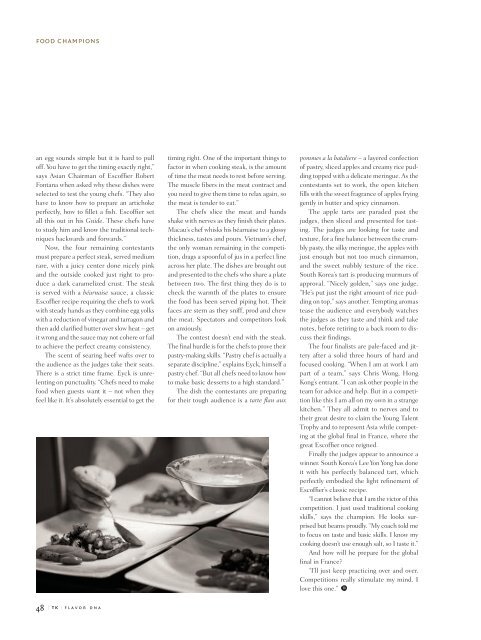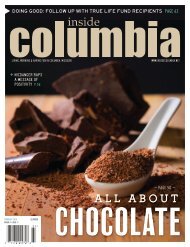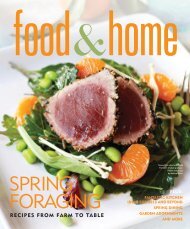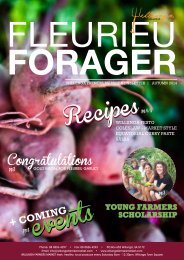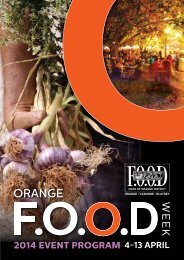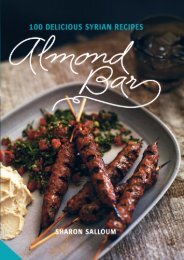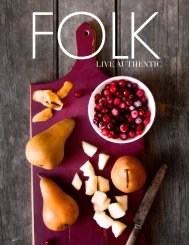Tasting Kitchen
Welcome to Tasting Kitchen. Season’s Greetings – or should I say Seasonings Greetings! This holiday TK issue is full of spices and flavorings. We talk to four talented and ambitious chefs about the flavor profile – or Flavor DNA – of dishes from India, Sichuan, Vietnam and the Isaan region of Thailand. Think cardamom, black salt and saffron, red peppercorns, red chilies and green chilies, dill, Kaffir lime, lemongrass, coriander, galangal and turmeric. We take a look at spices in history, and how even back in the Middle Ages savvy marketers knew the value of a good story. Spice merchants claimed that birds used cinnamon sticks to make giant nests in the cliffs above beaches in India, which “cinnamon hunters” then plotted to obtain. Today India is still associated with the world’s best spices. In this issue, for our first Tasting Destinations feature, TK’s Director of Photography David Hartung and Senior Writer Lucy Morgan traveled to Old Delhi to visit the world’s largest spice market and to New Delhi to visit one of the world’s top restaurants for modern Indian cuisine. One of our featured wines is the peppery Austrian Grüner Veltliner. We also talk to a New Zealand Wine Master about what makes great wine great, and to a leading French Champagne Chef de Cave about the value of patience and restraint. There are also some crabs running loose in the issue. A master chef in Macau shares his recipe for Quinoa Lobster Salad while five more from Hong Kong and Singapore share their favorite crab dishes and culinary musings. Happy Holidays,
Welcome to Tasting Kitchen.
Season’s Greetings – or should I say
Seasonings Greetings!
This holiday TK issue is full of spices and
flavorings.
We talk to four talented and ambitious
chefs about the flavor profile – or Flavor DNA
– of dishes from India, Sichuan, Vietnam and
the Isaan region of Thailand. Think cardamom,
black salt and saffron, red peppercorns, red
chilies and green chilies, dill, Kaffir lime,
lemongrass, coriander, galangal and turmeric.
We take a look at spices in history, and
how even back in the Middle Ages savvy marketers knew the value of a good story.
Spice merchants claimed that birds used cinnamon sticks to make giant nests in the
cliffs above beaches in India, which “cinnamon hunters” then plotted to obtain.
Today India is still associated with the world’s best spices. In this issue, for
our first Tasting Destinations feature, TK’s Director of Photography David Hartung
and Senior Writer Lucy Morgan traveled to Old Delhi to visit the world’s largest
spice market and to New Delhi to visit one of the world’s top restaurants for modern
Indian cuisine.
One of our featured wines is the peppery Austrian Grüner Veltliner. We also
talk to a New Zealand Wine Master about what makes great wine great, and to a
leading French Champagne Chef de Cave about the value of patience and restraint.
There are also some crabs running loose in the issue. A master chef in Macau
shares his recipe for Quinoa Lobster Salad while five more from Hong Kong and
Singapore share their favorite crab dishes and culinary musings.
Happy Holidays,
Create successful ePaper yourself
Turn your PDF publications into a flip-book with our unique Google optimized e-Paper software.
food champions<br />
an egg sounds simple but it is hard to pull<br />
off. You have to get the timing exactly right,”<br />
says Asian Chairman of Escoffier Robert<br />
Fontana when asked why these dishes were<br />
selected to test the young chefs. “They also<br />
have to know how to prepare an artichoke<br />
perfectly, how to fillet a fish. Escoffier set<br />
all this out in his Guide. These chefs have<br />
to study him and know the traditional techniques<br />
backwards and forwards.”<br />
Now, the four remaining contestants<br />
must prepare a perfect steak, served medium<br />
rare, with a juicy center done nicely pink<br />
and the outside cooked just right to produce<br />
a dark caramelized crust. The steak<br />
is served with a béarnaise sauce, a classic<br />
Escoffier recipe requiring the chefs to work<br />
with steady hands as they combine egg yolks<br />
with a reduction of vinegar and tarragon and<br />
then add clarified butter over slow heat – get<br />
it wrong and the sauce may not cohere or fail<br />
to achieve the perfect creamy consistency.<br />
The scent of searing beef wafts over to<br />
the audience as the judges take their seats.<br />
There is a strict time frame. Eyck is unrelenting<br />
on punctuality. “Chefs need to make<br />
food when guests want it – not when they<br />
feel like it. It’s absolutely essential to get the<br />
48<br />
| TK | flavor dna<br />
timing right. One of the important things to<br />
factor in when cooking steak, is the amount<br />
of time the meat needs to rest before serving.<br />
The muscle fibers in the meat contract and<br />
you need to give them time to relax again, so<br />
the meat is tender to eat.”<br />
The chefs slice the meat and hands<br />
shake with nerves as they finish their plates.<br />
Macau’s chef whisks his béarnaise to a glossy<br />
thickness, tastes and pours. Vietnam’s chef,<br />
the only woman remaining in the competition,<br />
drags a spoonful of jus in a perfect line<br />
across her plate. The dishes are brought out<br />
and presented to the chefs who share a plate<br />
between two. The first thing they do is to<br />
check the warmth of the plates to ensure<br />
the food has been served piping hot. Their<br />
faces are stern as they sniff, prod and chew<br />
the meat. Spectators and competitors look<br />
on anxiously.<br />
The contest doesn’t end with the steak.<br />
The final hurdle is for the chefs to prove their<br />
pastry-making skills. “Pastry chef is actually a<br />
separate discipline,” explains Eyck, himself a<br />
pastry chef. “But all chefs need to know how<br />
to make basic desserts to a high standard.”<br />
The dish the contestants are preparing<br />
for their tough audience is a tarte flan aux<br />
pommes a la bataliere – a layered confection<br />
of pastry, sliced apples and creamy rice pudding<br />
topped with a delicate meringue. As the<br />
contestants set to work, the open kitchen<br />
fills with the sweet fragrance of apples frying<br />
gently in butter and spicy cinnamon.<br />
The apple tarts are paraded past the<br />
judges, then sliced and presented for tasting.<br />
The judges are looking for taste and<br />
texture, for a fine balance between the crumbly<br />
pasty, the silky meringue, the apples with<br />
just enough but not too much cinnamon,<br />
and the sweet nubbly texture of the rice.<br />
South Korea’s tart is producing murmurs of<br />
approval. “Nicely golden,” says one judge.<br />
“He’s put just the right amount of rice pudding<br />
on top,” says another. Tempting aromas<br />
tease the audience and everybody watches<br />
the judges as they taste and think and take<br />
notes, before retiring to a back room to discuss<br />
their findings.<br />
The four finalists are pale-faced and jittery<br />
after a solid three hours of hard and<br />
focused cooking. “When I am at work I am<br />
part of a team,” says Chris Wong, Hong<br />
Kong’s entrant. “I can ask other people in the<br />
team for advice and help. But in a competition<br />
like this I am all on my own in a strange<br />
kitchen.” They all admit to nerves and to<br />
their great desire to claim the Young Talent<br />
Trophy and to represent Asia while competing<br />
at the global final in France, where the<br />
great Escoffier once reigned.<br />
Finally the judges appear to announce a<br />
winner. South Korea’s Lee Yon Yong has done<br />
it with his perfectly balanced tart, which<br />
perfectly embodied the light refinement of<br />
Escoffier’s classic recipe.<br />
“I cannot believe that I am the victor of this<br />
competition. I just used traditional cooking<br />
skills,” says the champion. He looks surprised<br />
but beams proudly. “My coach told me<br />
to focus on taste and basic skills. I know my<br />
cooking doesn’t use enough salt, so I taste it.”<br />
And how will he prepare for the global<br />
final in France?<br />
“I’ll just keep practicing over and over.<br />
Competitions really stimulate my mind. I<br />
love this one.”


